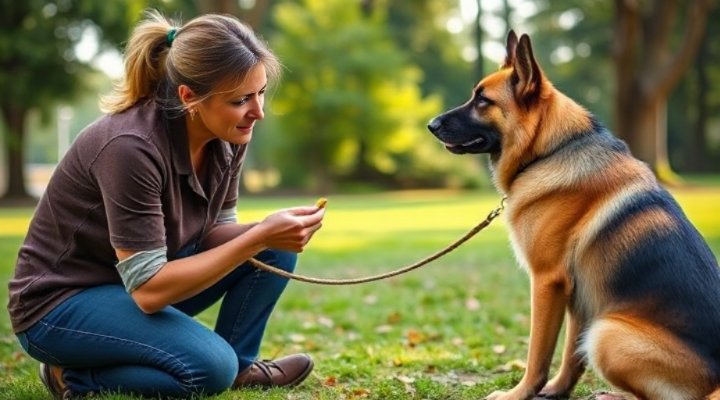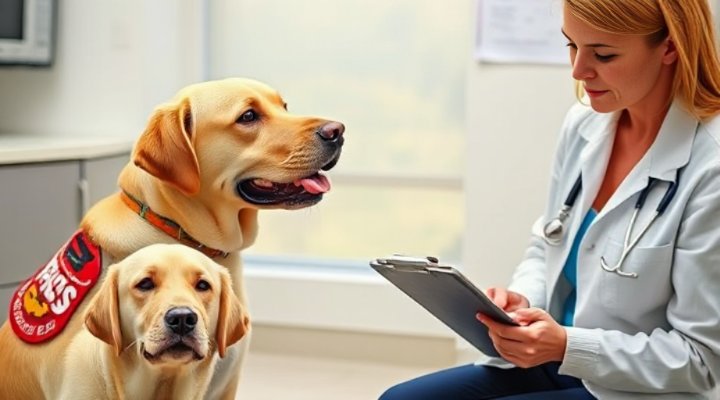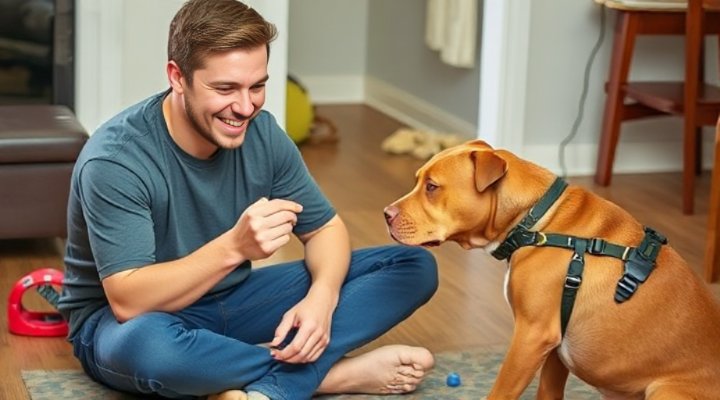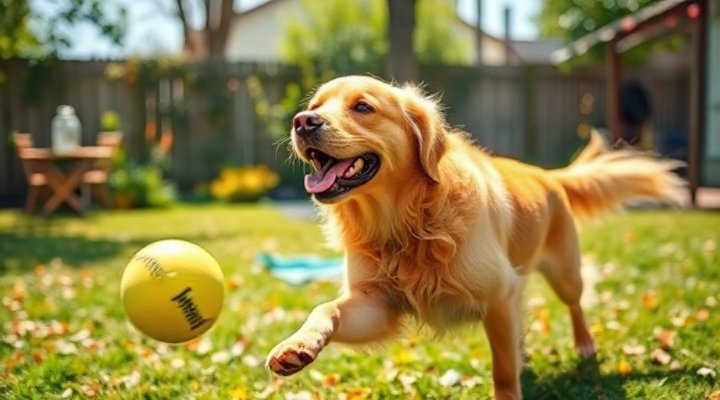Dealing with an aggressive dog can feel overwhelming, but understanding that aggression often stems from fear or anxiety is the first step toward transformation. The best dog training program for aggressive dogs doesn’t focus on punishment, but rather on building confidence and trust through positive reinforcement techniques.

Understanding Canine Aggression: The Root Causes
Before implementing any training program, it’s crucial to identify what triggers your dog’s aggressive behavior. Common causes include:
- Fear or anxiety (often from lack of proper socialization)
- Resource guarding (food, toys, or space)
- Pain or medical issues
- Past trauma or abuse
- Genetic predisposition in certain breeds
According to the American Veterinary Society of Animal Behavior, most aggression cases can be significantly improved with proper behavior modification. That said, always consult your veterinarian first to rule out medical causes.

Core Components of Effective Aggression Training Programs
The most successful dog training programs for aggressive behavior incorporate these key elements:
1. Positive Reinforcement Techniques
Reward-based training builds positive associations. For example, if your dog reacts to strangers, you might:
- Start at a distance where your dog notices but doesn’t react
- Reward calm behavior with high-value treats
- Gradually decrease distance as tolerance improves
Our article on positive reinforcement dog training offers more detailed techniques.
2. Desensitization and Counterconditioning
This involves gradually exposing your dog to triggers at low intensity while creating positive experiences. For instance, if your dog barks at other dogs:
- Begin by showing dog silhouettes or recordings at low volume
- Pair the sight/sound with treats and praise
- Slowly increase exposure as your dog remains calm

3. Management and Safety Protocols
While working on behavior modification, prevent rehearsal of aggressive behaviors by:
- Using baby gates to create safe spaces
- Implementing muzzle training (done positively)
- Keeping your dog on leash in triggering situations
For severe cases, our guide on dog training for aggressive dogs provides additional safety strategies.
Choosing the Right Professional Help
Not all trainers are qualified to handle aggression cases. Look for:
- Certifications from organizations like CCPDT or IAABC
- Experience specifically with aggression cases
- Force-free training philosophies
- Willingness to collaborate with your veterinarian
The Certification Council for Professional Dog Trainers maintains a directory of qualified professionals.

Success Story: From Fearful to Friendly
I’ll never forget Max, a rescue German Shepherd who would growl at anyone approaching his food bowl. Through a structured aggressive dog training program that included:
- Hand-feeding to build trust
- Trade-up games for resource guarding
- Gradual exposure to people near his eating area
Within three months, Max would voluntarily bring his bowl to visitors! This transformation shows what patience and the right techniques can achieve.
Maintaining Progress and Preventing Relapses
Consistency is key in aggression cases. Continue to:
- Practice training exercises regularly, even after improvement
- Monitor for early warning signs of stress
- Keep positive experiences with previous triggers
- Consider ongoing support groups like our reactive dog training community

Related Keywords
aggressive dog behavior modification | fear-based dog aggression solutions | professional dog training for reactivity | positive reinforcement for aggressive dogs | behaviorist-approved dog training methods | building trust with fearful dogs | safe handling of aggressive pets | rehabilitation programs for aggressive dogs

